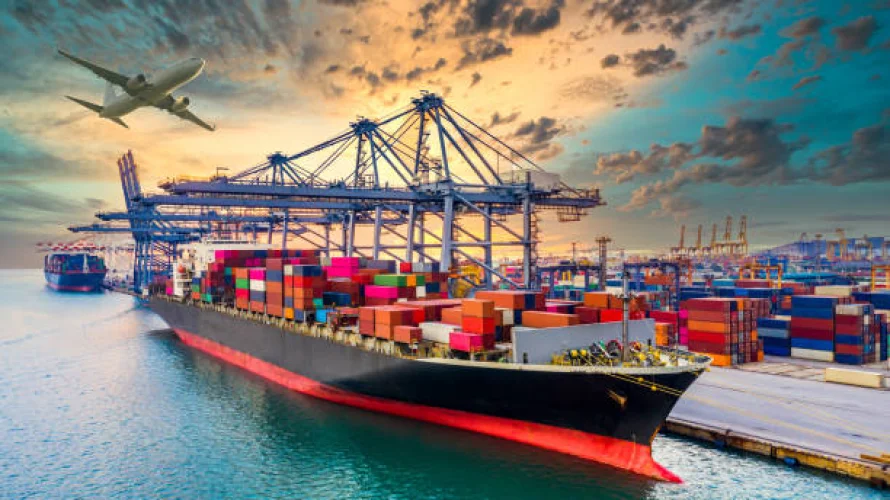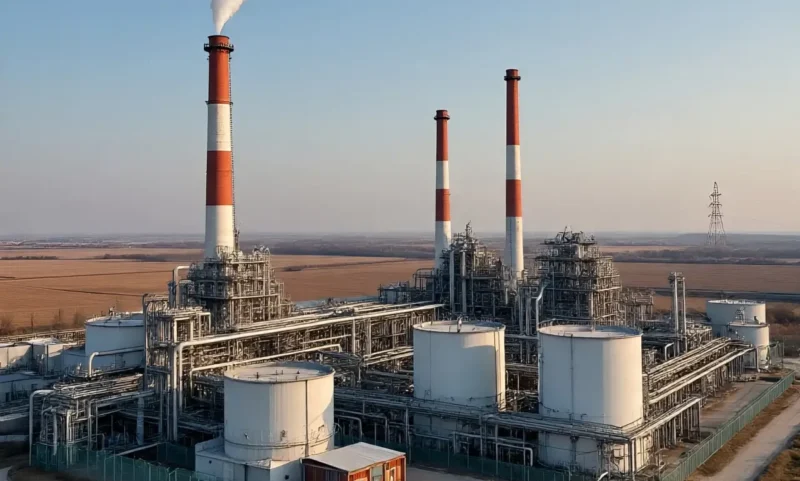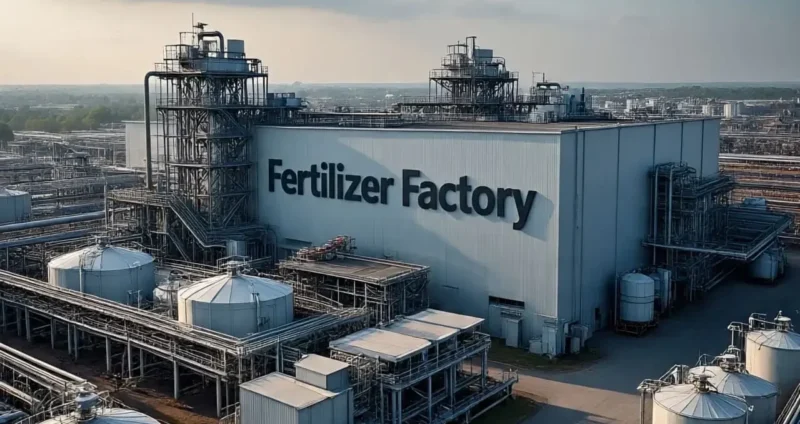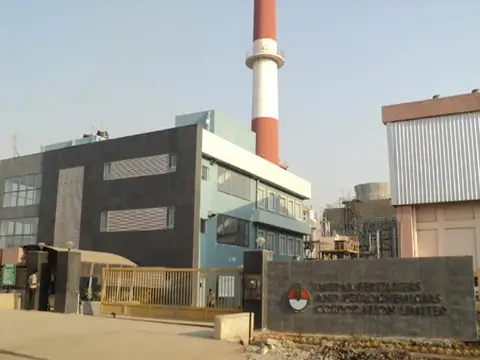India’s Fertilizer Imports statistics for April to December 2024 reveal a noticeable decline compared to the same period in 2023. The total imports stood at 23.54 million metric tons (MMT), marking a reduction from 25.56 MMT in the previous year. Despite the overall decrease, Paradip Port emerged as the leader, handling the highest import traffic of 5.13 MMT.
Key Commodities Driving Fertilizer Imports
India’s reliance on critical fertilizers and raw materials remained robust, with Rock Phosphate, Di-Ammonium Phosphate (DAP), Urea, Muriate of Potash (MOP), and Sulphur dominating the import basket. Together, these five commodities accounted for 21.01 MMT of the total imports during this period.
Port-Wise Highlights
- Paradip Port: The Champion of Rock Phosphate and Sulphur
- Paradip Port recorded the highest traffic for Rock Phosphate at 3.81 MMT and Sulphur at 0.76 MMT.
- These commodities are vital for India’s fertilizer production, with Rock Phosphate being a key ingredient in phosphatic fertilizers.
- Mundra Port: Leading in Di-Ammonium Phosphate
- Mundra Port handled 1.48 MMT of Di-Ammonium Phosphate (DAP), the highest among all ports. DAP remains a critical fertilizer for Indian agriculture, ensuring high yields for crops like wheat and rice.
- Kakinada Port: Hub for Urea Imports
- Urea imports reached their peak at Kakinada Port, with a total of 0.82 MMT passing through its docks. Urea is the most widely used fertilizer in India, essential for nitrogen supplementation.
- Kandla Port: Dominating Muriate of Potash
- Muriate of Potash (MOP), a key fertilizer for improving crop quality and resistance, saw its highest import traffic of 0.93 MMT at Kandla Port.
Insights into the Decline
The decline in imports could be attributed to a combination of factors, including improved domestic production capacities, strategic government measures to optimize import dependency, and global market fluctuations. The increased efficiency of key ports like Paradip in handling large volumes of essential raw materials further supports India’s agricultural sector.
Looking Ahead
As India strives to balance domestic production with import requirements, ports like Paradip, Mundra, Kakinada, and Kandla play crucial roles in supporting the fertilizer supply chain. The focus on efficient handling and timely distribution of fertilizers will remain pivotal in meeting the demands of India’s growing agricultural needs.
This detailed overview of the fertilizer import landscape for April to December 2024 highlights both the challenges and strategic advantages shaping the sector’s future.
Read more FERTILIZERS





